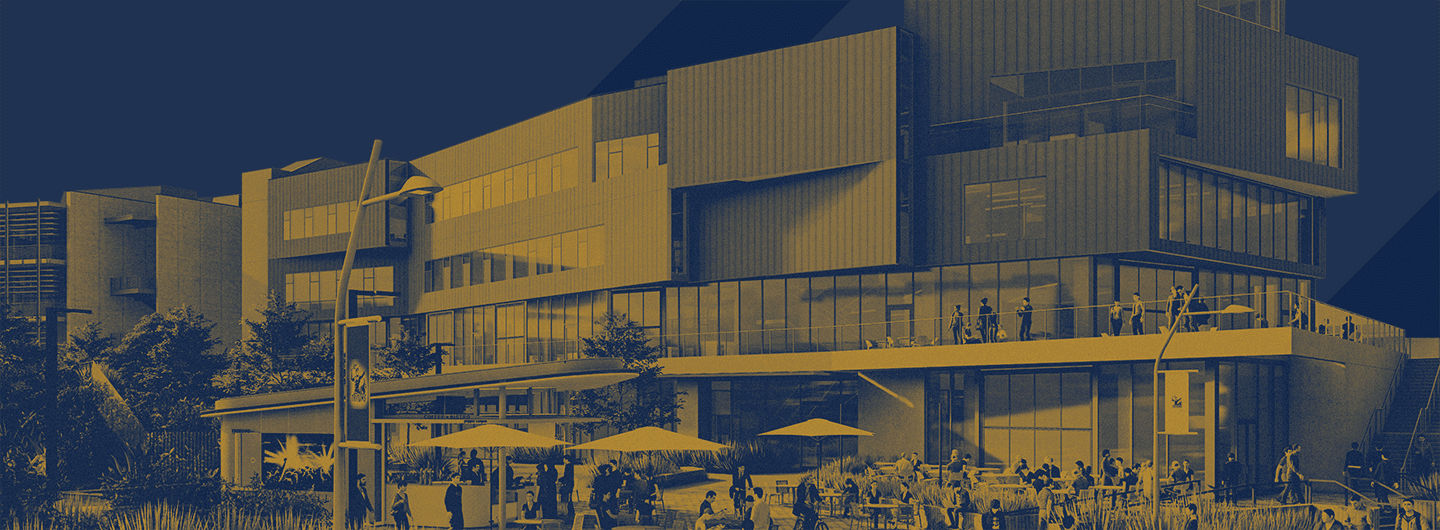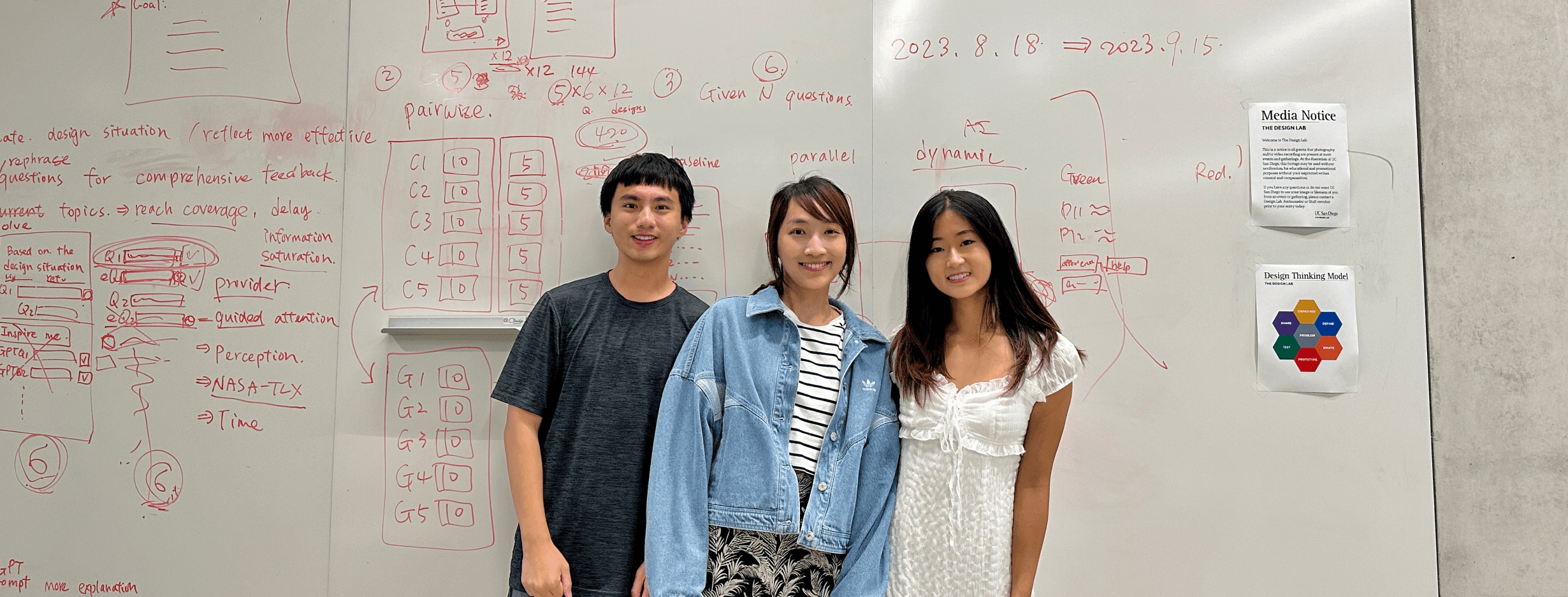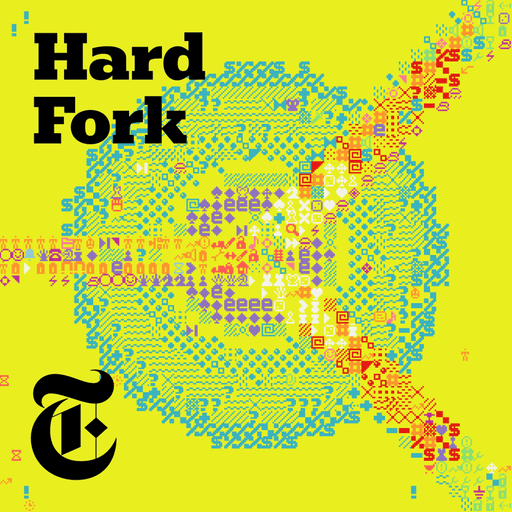
OVERVIEW
The UCSD Design Lab conducts research at the intersection of social computing and design. My team's goal was to develop a tool for changing the way people solve complex creative problems collaboratively. As a UX Design intern in my first research setting, I enjoyed the challenge to solve problems in an ambiguous problem space.
ROLE
UX Design Intern
TIMELINE
June to
September 2023
(13 weeks)
SKILLS + TOOLS
User Interviews
Rapid Prototyping
AI Prompting
Figma
Chat GPT
Qualtrics
TEAM
Project Lead
Developer
1
Onboarding
Met with my teammates to understand our project goals and materials after joining a month into the project.
5
Experiment
Sent out online calls for participation. Co-prepared and led 10 user interviews that entailed a design challenge, interview, crowdsourced data collection, and post-evaluation survey.
POV: You're drafting a post to request feedback from an online community. Imagine where generative AI could support you in the process.
Describe your creative project (graphic design, product design, etc.).
✧・゚Check if you've covered key principles in your project domain.
Write questions for your audience.
✧・゚Select AI-generated questions that are based on your description.
Publish your feedback request to the community.
View your live feedback request.
Call for specific feedback.
✧・゚Guide each commenter to one question in context.
Manage your discussion as it grows large.
✧・゚Track responses and new topics that are summarized for you.
What I learned at
The Design Lab
Research plans are iterative
I was initially frustrated by changes of direction in project meetings and dozens of 'thrown-out' prototypes. Eventually, I began to embrace the iterative nature of UX research when I realized that our project was a cumulative product of our non-linear efforts.
What happens when a project scope is too large
With a large scope came a large to-do list for our project. Instead of spreading our time across proving a six-step framework, we pivoted to focusing on two of those steps. This enabled us to collect more targeted user insights as a starting point for our research paper.
Ways to set up user studies for success
Before: writing thorough user interview protocols, drafting calls for participation with hooks and clear incentives. During: updating protocols as needed after interviews, asking "why" and "can you give me an example" follow-up questions, striving to sound conversational.
My favorite part was getting to know my lab mates and their projects over lunch, as the Design Lab is home to all kinds of problem solvers in HCI. Thank you, Design Lab, for welcoming me as a UX Design intern this past summer!

#TeamLLMForum
On repeat
Cool AI podcast








